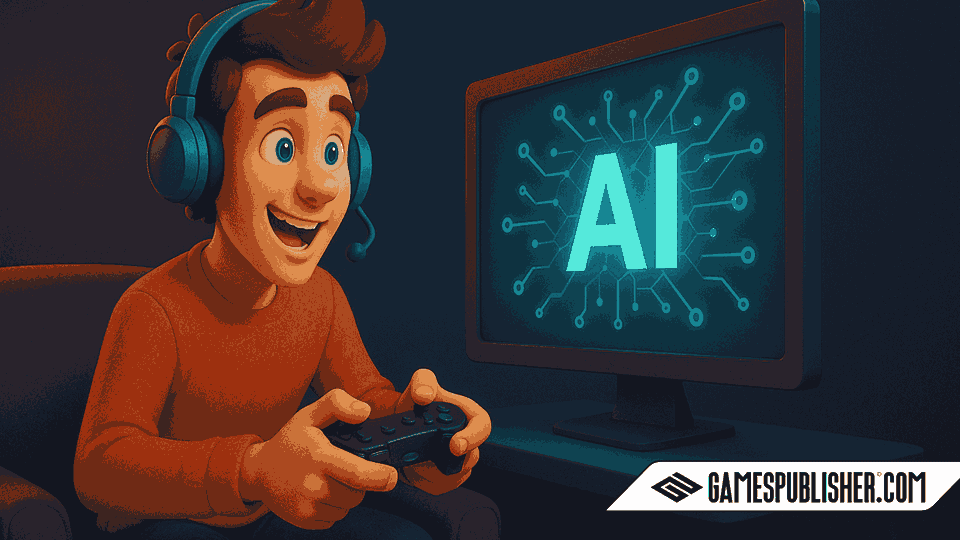In 2025, generative AI in games is no longer just a futuristic concept; instead, it’s become a defining force, transforming how games are developed, published, marketed, and played. From AAA studios to independent game publishers, this wave of innovation is reshaping creative processes, speeding up production cycles, and opening doors to imaginative storytelling that was once impossible to scale.
But what does this revolution really look like for game developers, game publishers, and players alike? How are tools like Unity Muse, Inworld AI, and Runway redefining the standards of game development and marketing? And most importantly, how can studios especially indie game publishers stay competitive in this rapidly evolving ecosystem?
Let’s explore how generative AI in games is altering every facet of the industry, from creation to global distribution, and why understanding these shifts is crucial in 2025.
Generative AI in Games: The 2025 Landscape
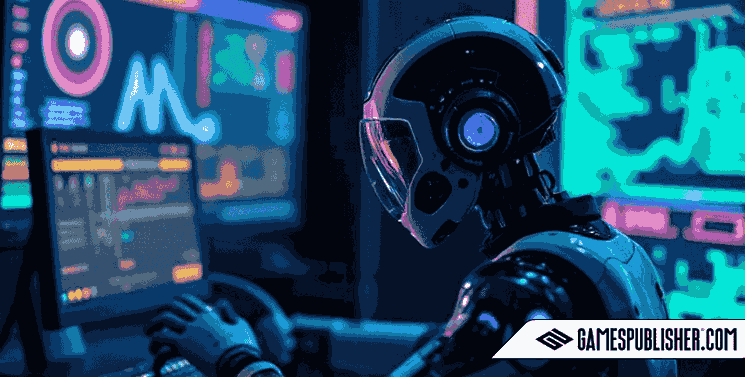
The Maturity of Generative AI in Gaming
By 2025, generative AI in games has evolved into a robust ecosystem. No longer experimental, it’s fully integrated into the production pipelines of both indie studios and major video game publishers. As a result of AI models trained on massive datasets, AI can now generate everything from detailed 3D environments to believable dialogue and even dynamic character behavior.
Indie vs AAA: Who’s Adopting Faster?
Interestingly, indie video game publishers and developers are leading the charge. With tighter budgets and smaller teams, they embrace generative AI to prototype, iterate, and polish games faster than ever before. Meanwhile, AAA studios are using these tools to scale world-building and automate repetitive tasks without compromising quality.
Tools Defining the Era
- Unity Muse: Offers AI-powered asset generation and scene building within Unity’s ecosystem.
- Scenario.gg: Focused on custom game asset generation with user-defined aesthetics.
- Inworld AI: Used to create intelligent NPCs with adaptive personalities and dynamic dialogue.
- Runway and Synthesia: Revolutionizing how trailers, voiceovers, and marketing content are generated.
These tools are at the core of how generative AI is redefining the game publishing landscape.
Generative AI in Games: Enhancing Game Development Pipelines
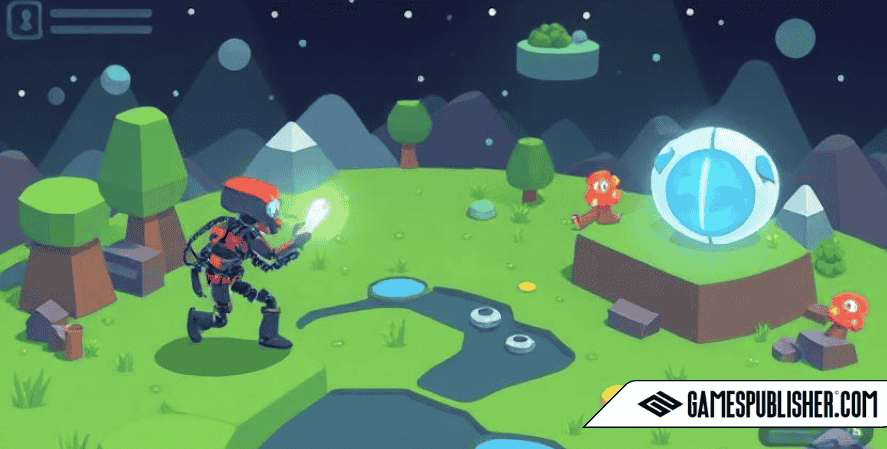
Automating Art and Asset Creation
One of the earliest applications of generative AI in game development is in asset generation. Moreover, AI models now produce high-fidelity textures, lifelike characters, and immersive environments—all at lightning speed.
Real-World Case:
For instance, an indie studio recently used Scenario.gg to generate 80% of its visual assets in under two weeks—a task that traditionally would have taken months. The team, focused more on creative oversight, reduced both time and cost dramatically.
Benefits:
- Lowers entry barriers for new game developers
- Allows for faster prototyping and testing of new game genres
- Enhances visual consistency across scenes and levels
AI-Driven Level and World Design
AI doesn’t just create textures; it now helps design entire levels with intelligent logic.
Procedural generation has existed for years, but in 2025, AI elevates it to new heights—creating responsive, story-aligned open worlds that evolve with player behavior.
Benefits for Open-World and Sandbox Games:
- Endless exploration without repetitive design
- Dynamic quests based on player actions
- Time-saving for game developers working on massive maps
Dynamic Narrative and Dialogue Generation
Indeed, storytelling is at the heart of many video game genres; therefore, generative AI in video games has provided writers with a powerful co-pilot.
Key Features:
- Branching narratives that adapt in real time
- Personalized story arcs based on player choices
- NPCs with evolving personalities using tools like Inworld AI
Example:
One RPG game in 2025 uses ChatGPT as a narrative engine, allowing players to engage with fully reactive NPCs whose motivations shift over time—a leap forward for ai characters in video games.
Generative AI in Games: Revolutionizing Publishing and Marketing
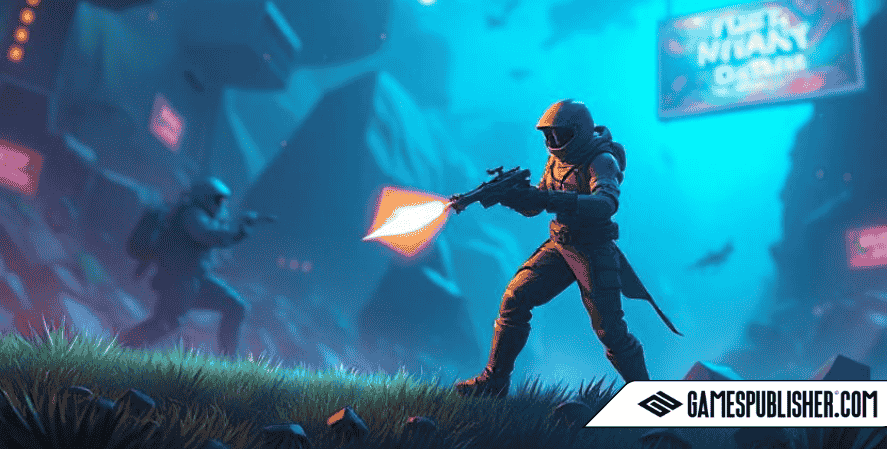
AI in Player Segmentation and Predictive Analytics
Additionally, AI now forecasts trends, tracks in-game behavior, and even suggests optimal launch dates or platforms.
Applications:
- Determining the best game publishing strategy for specific video game genres
- Identifying market gaps based on data
- Tailoring gameplay experiences for different player types
Personalized Marketing Content
Creating trailers and marketing assets used to be a manual, expensive process. Today, tools like Runway and Synthesia, for example, can generate hyper-targeted trailers, influencer-ready content, and ads in mere minutes.
Use Cases:
- Personalized ads based on player history
- Auto-generated social media campaigns
- In-game promo videos that adapt to region and audience
AI-Generated Localization and QA
Translation, localization, and game testing have been completely reimagined.
AI Applications:
- Multilingual content created in seconds
- Automatic cultural adaptations for global markets
- QA bots simulating millions of test cases to find bugs faster
Consequently, for independent game publishers, this is a game-changer—allowing global reach with a fraction of the traditional cost.
Generative AI in Games: Ethical, Legal, and Creative Challenges

Ownership of AI-Generated Content
One major debate in 2025 is: Who owns content generated by AI?
Currently, there are no clear international standards. For instance, some courts have ruled that AI-generated content is owned by the tool’s user; however, others argue it’s shared with the AI provider.
Job Displacement vs Augmentation
There’s fear among artists, writers, and testers that AI is replacing human roles. In truth, AI augments more than it displaces—streamlining tasks and allowing humans to focus on higher-order creativity.
Balancing Creativity and Automation
The ultimate question: Does AI limit artistic expression?
The answer lies in how it’s used. When paired with human creativity, generative AI in game development enhances originality. However, when used lazily, it risks producing generic content. Therefore, it’s up to game developers and game publishers to set the tone.
Generative AI in Games: Notable Case Studies in 2025
Let’s examine a few standout games that showcase the power of generative AI in games:
EchoVerse (Indie Title)
- Publisher: One of the leading indie game publishers
- AI Role: All environments were AI-generated, with storylines built dynamically per playthrough.
- Outcome: Massive player engagement and viral growth due to unique replayability.
Legion Reborn (AAA FPS)
- Publisher: A top-tier video game publisher
- AI Role: Used AI for level design and multiplayer balancing
- Outcome: Reduced development time by 30%, smoother global launch
Chronos Fall (RPG Adventure)
- Developer: A collaborative indie studio
- AI Role: NPCs created using Inworld AI, voice-acted by Synthesia
- Outcome: Praised for its lifelike character interactions and fluid dialogue
These examples prove that generative AI in video games isn’t just a buzzword—it’s creating tangible success.
Generative AI in Games: The Future Outlook
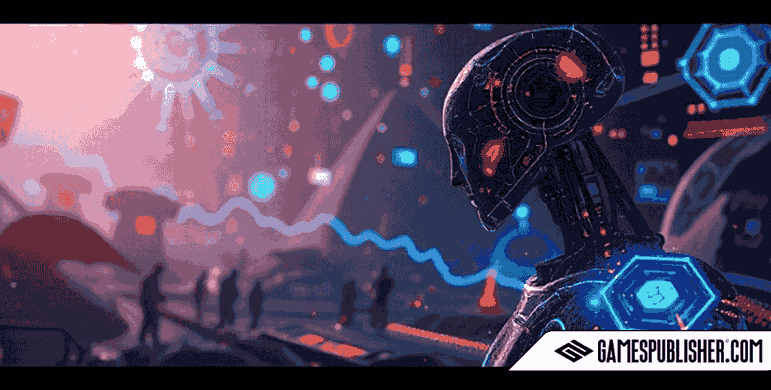
What’s Next? 2026–2028
- Hyper-personalized games: Where every player’s experience is unique
- AI-generated game genres: New hybrid experiences built by AI analysis
- Automated game publishing: From idea to store in days, not months
Strategic Advice for Studios
- Embrace AI now: Don’t wait for competitors to outpace you
- Invest in ethics: Build transparency into your AI workflows
- Partner wisely: Use trusted AI platforms aligned with your creative goals
Conclusion
Generative AI in games has evolved from potential to powerhouse. As a result, in 2025, it is actively reshaping how games are imagined, built, published, and enjoyed across every video game genre.
For game developers, game publishers, and studios—especially those wondering what game publishers do today that they didn’t five years ago—the answer, in short, lies in AI-driven decisions. Moreover, it includes creativity at scale and lightning-fast publishing pipelines.
At Gamespublisher.com, we’ll continue covering how AI in video games is changing the game—literally. Whether you’re an indie team or a global studio, the key to thriving in this new era is staying informed, staying agile, and letting AI elevate your craft—not replace it.
Loading survey...

